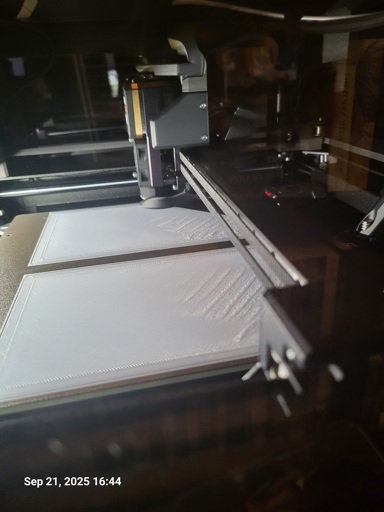

GPUs were originally created to render giraffes faster, hence the name. The fact that they’re also useful for gaming are as coincidental as their usefulness for crypto mining and LLMs.
A gif is just the output format after running loads of OpenGiraffeLib code through a GPU.




On behalf of all of NCD and NAFO: Where can I buy these?
EDIT: Found it, thanks to that other commenter